B2B marketing connects rather than only sells now. Businesses will require audacious, innovative plans to stand out in 2025. Go beyond the typical generic email blasts or LinkedIn postings. Imagine creating campaigns with a personal feel akin to HubSpot’s flawless lead nurturing or Adobe’s customized content. Effective B2B marketing today? It’s all about keeping real, knowing your audience, and properly employing statistics. This book explores nine deadly techniques to enable you design campaigns with resonance. Prepare to unleash some new ideas and raise the caliber of your marketing.
Understanding B2B Marketing Basics
B2B marketing is essentially about companies offering goods or services to other companies. Unlike B2C, where the emphasis is on emotional ties with particular consumers, B2B mostly depends on developing trust and strengthening long-term partnerships. The reason is _ Decisions made here are not one-person; teams make them instead. Consider it: nobody purchases industrial equipment or business software out of pure whimsy. Big budgets, rigorous thought, and quantifiable outcomes rule everything.
Main obstacle? You are persuading not one buyer but several. You are winning over financial managers, decision-makers, and occasionally the CEO. For this reason, in B2B campaigns trust, experience, and effective communication are absolutely vital. A company that trusts your goods will return often.
Key Differences Between B2B and B2C Marketing
| Aspect | B2B | B2C |
|---|---|---|
| Audience Size | Smaller, niche markets | Large, broad audience |
| Sales Cycle | Longer, often months | Shorter, impulse-driven |
| Content Focus | Detailed, educational (whitepapers, case studies) | Emotional, engaging (ads, stories) |
See the variations? B2C lives on appealing commercials and quick sales; B2B is about endurance and delivering value over time. Although not beautiful, it works!
Key Components of a B2B Campaign Designed Successfully
Well-Defined Target Audience
Realistically, B2B marketing is all about knowing your audience. You have to be aware of their preferences, problems, and decision-making style. Targeting the appropriate person is absolutely vital in a B2B marketing. For example, while their CFOs concentrate on cost control and maximum return on investment, IT managers worry about tech security. Look for these specifics using marketing tools such as LinkedIn Insights. Your campaign speaks to their requirements once you have the roles and challenges mapped out. And believe me; you create enduring business partnerships this way.
Strategic Planning and Objectives
A good B2B marketing campaign is strategic rather than merely speculation. Every stage requires well defined objectives with quantifiable KPIs. 25% increase in email click-through rate is what you want? Maybe create thirty percent more leads? Create those goals. Companies like HubSpot smash it by matching every campaign with exact goals. Their combination of long-term branding with short-term gains keeps them ahead. Your whole team stays concentrated and every campaign goes without problems when your marketing road map is strong.
Creative and Versatile Content
Dull content kills campaigns, really. Effective B2B marketing lives on interesting and adaptable material. Beyond dull PDFs, design vibrant webinars, succinct case studies, or lighthearted social media content. See how Slack tells relevant stories with movies. The secret is… Create material that appeals to every platform—including LinkedIn, YouTube, and email—that matches your business. Excellent content stimulates interaction; engagement becomes leads. That’s marketing magic.
Case Studies of Top B2B Campaigns
Spotify’s “Wrapped for Advertisers” Campaign
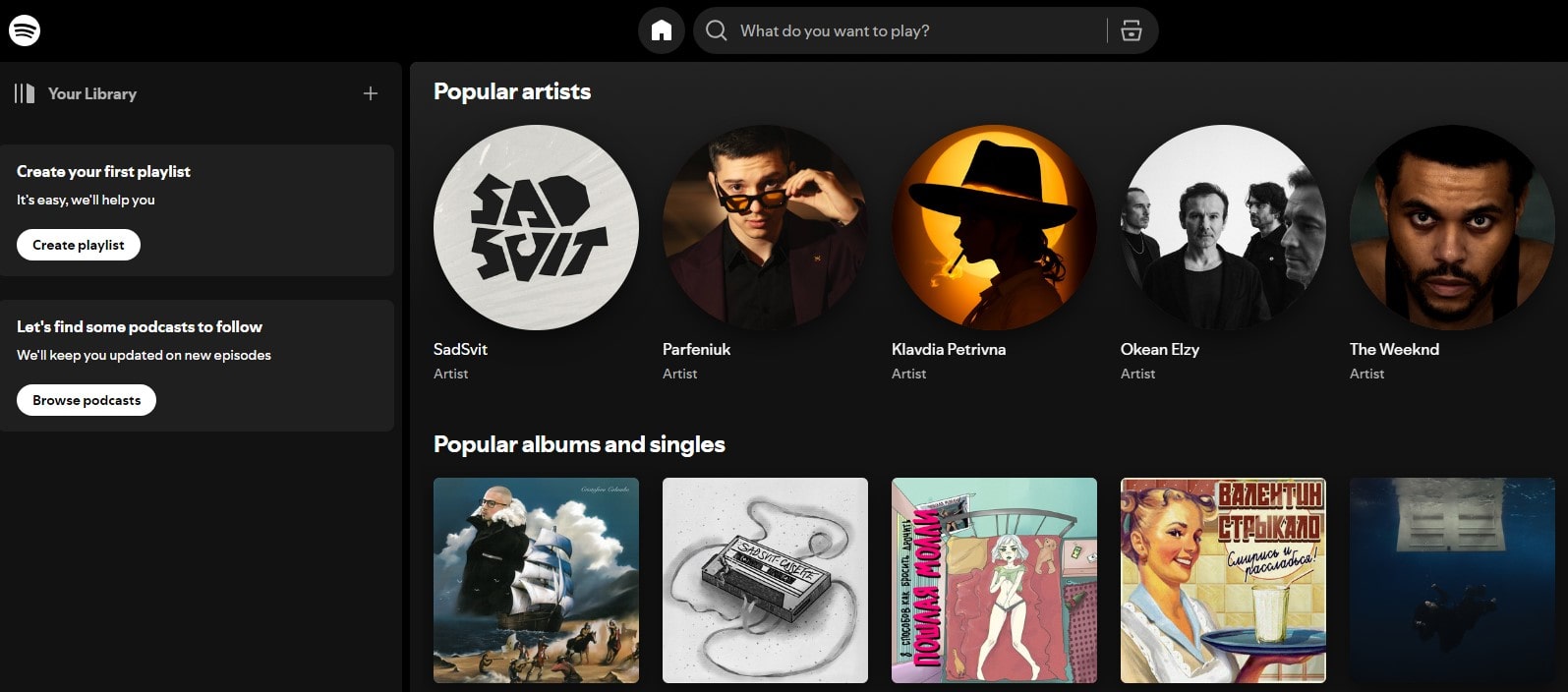
With its “Wrapped for Advertisers” campaign, which turns user data into a striking B2B marketing tool, Spotify won the jackpot. This campaign provided advertisers with practical knowledge about their audience, not only about highlighting popular songs or playlists. Brands may find, for instance, which groups most interacted with particular ad forms, then customize next campaigns to get better outcomes. Spotify improved B2B marketing by leveraging creative data visualization, therefore making difficult statistics entertaining and easily available. This approach strengthened Spotify as a necessary advertising platform and raised ad sales. Their success demonstrates how well B2B campaigns mix data with creativity to grab hearts as well as commercial prospects.
IBM’s “Every Second Counts”
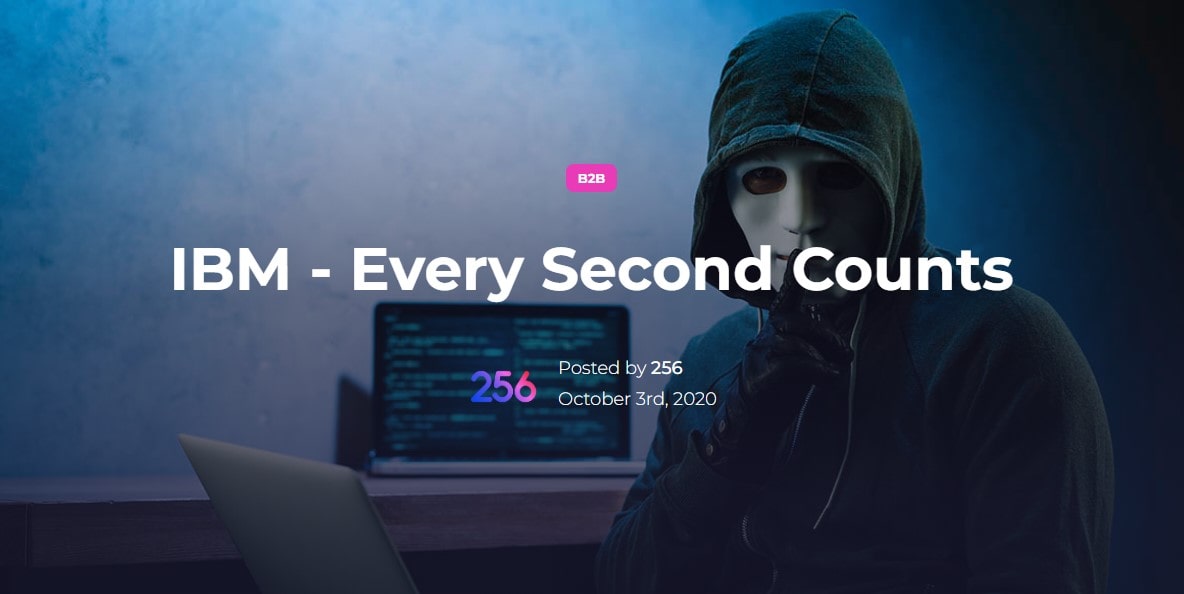
Through its “Every Second Counts” campaign, IBM showed how well B2B marketing might address practical issues. The campaign underlined how IBM’s technologies maximize important activities, therefore saving companies time and money. From logistics to healthcare, IBM highlighted real-time data visualizations and useful applications via interesting video storytelling. The basic point of view is Every second saved with IBM’s technologies results in major corporate advantages. Key components in B2B marketing, trust and dependability were underlined in this B2B campaign, which also set a benchmark for employing visual storytelling to captivate IT buyers. IBM’s campaign emphasizes the need of fusing technical knowledge with relevant, striking material.
Mailchimp + VICE Media’s “Second Act”
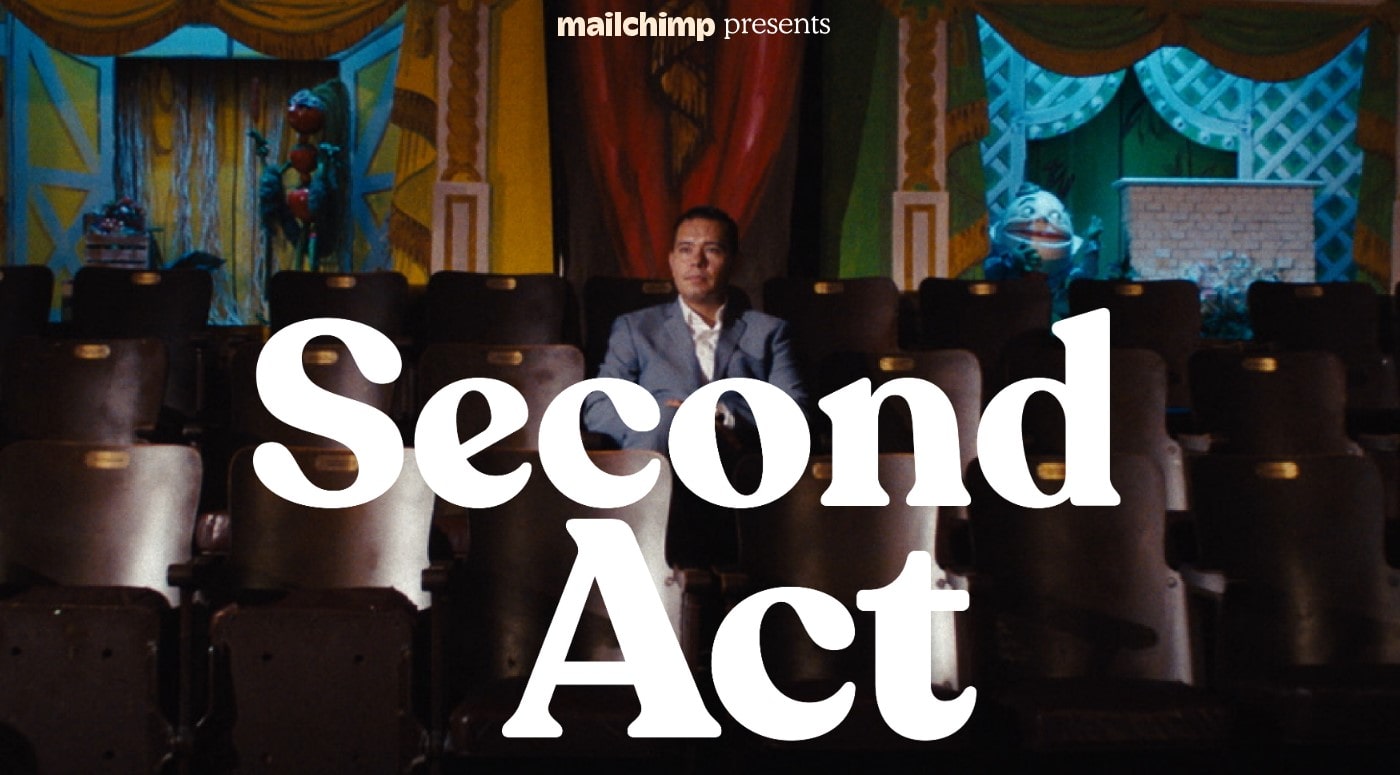
Mailchimp’s “Second Act,” a campaign redefining B2B storytelling, came out of collaboration withVICE Media. Mailchimp positioned itself as a brand supporting audacious ideas and fresh starts by concentrating on entrepreneurs launching new businesses. They told tales of people starting new companies following events that changed their life, combining emotional appeal with economic wisdom. This B2B campaign proved that authenticity connects by deftly bridging the gap between marketing and personal experience. Mailchimp demonstrated with excellent video content and real-life stories that B2B marketing can be very personable and inspirational rather than dry or unduly technical.
Drift’s Employee Advocacy Program
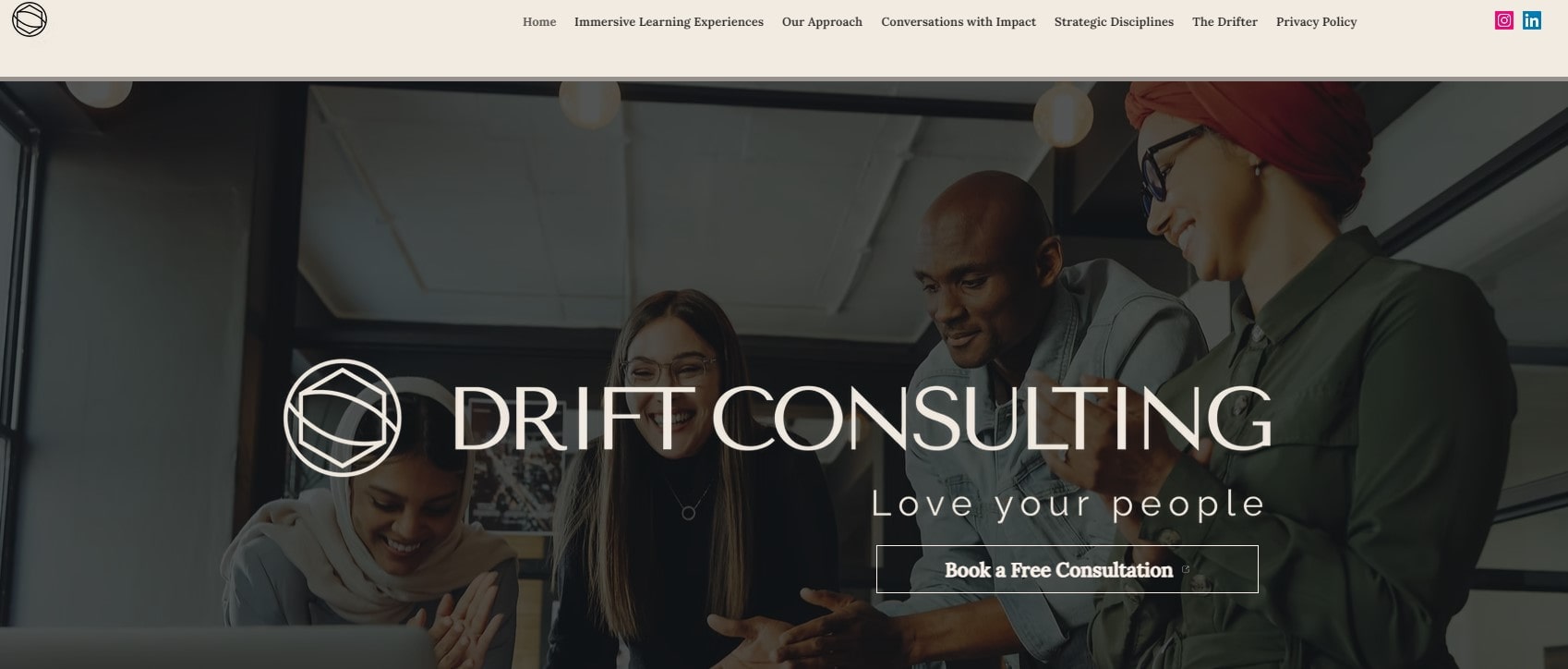
Drift’s B2B marketing changed direction with its employee advocacy campaign. They emphasized the people behind the brand instead than concentrating just on its attributes. On social media, Drift’s staff members posted both personal tales and professional successes to build a relevant and friendly corporate image. This campaign created trust among possible customers by humanizing the business, therefore transcending mere brand visibility. It’s a shining illustration of the change in B2B marketing toward more individual, narrative-driven material. In a time when consumers yearn for authenticity, Drift’s approach worked to show how powerful employee advocacy is in boosting B2B campaign impact.
Slack’s Mockumentary “So Yeah, We Tried Slack”
With its mockumentary “So Yeah, We Tried Slack,” Slack gave B2B marketing relatability and comedy. The campaign showed office workers battling antiquated means for communication and highlighted Slack as the best fix for their irritation. Slack’s campaign connected with its audience by including comedy and interesting narrative, thereby promoting great participation. Modern teams must have it since it deftly showed how their product improves productivity and streamlines communication. The success of Slack shows that B2B campaigns don’t have to be serious to be successful; a little comedy may help a lot in developing brand loyalty and confidence.
Airbnb’s “Become a Host” Campaign
The “Become a Host” campaign of Airbnb appealed to the emotional part of B2B marketing. Emphasizing the financial and personal advantages of using their network, they presented actual stories of hosts. By means of breathtaking images and poignant testimonies, Airbnb developed a story that would really appeal to possible guests. The ad showed how turning a basic commercial pitch into an inspirational call to action may present a life-changing possibility. Through emphasizing the human side of their B2B campaign, Airbnb developed credibility and grew their community. This campaign emphasizes in B2B marketing the influence of emotional storytelling.
Upwork’s “Hey World”
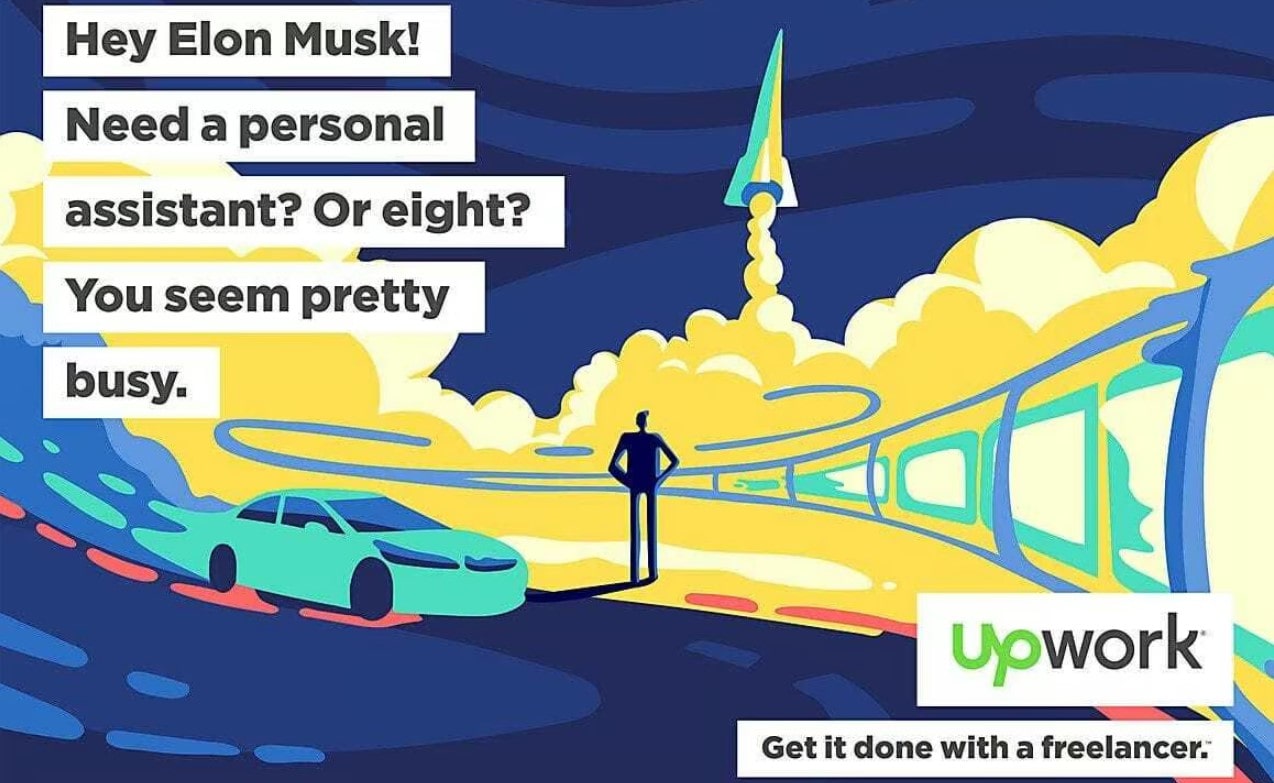
With mass personalizing made personable, Upwork’s “Hey World” campaign transformed B2B marketing. They customized communications to appeal personally, therefore addressing certain issues experienced by companies and freelancers. From presenting varied success stories to providing focused solutions, Upwork showed that B2B campaigns may be both broad in reach and intimate in impact. This approach strengthened Upwork’s leadership in the freelance industry as well as raised platform involvement. “Hey World” shows how B2B marketing can cut through the noise with customized, powerful messaging meant especially for its target market.
These case studies reveal the range of ways great brands shine in B2B marketing. From emotive storytelling to data-driven insights, every campaign provides special lessons for developing successful B2B plans. Whether you’re using humor, images, or personal stories, knowing your audience and conveying a message that connects can help you succeed.
Strategies for Effective B2B Marketing in 2025
Leveraging Technology and AI
Technology will be quite important in determining B2B marketing campaigns in 2025. Tools driven by artificial intelligence, such chatbots and predictive analytics, alter how companies interact with their consumers. Not only do these technologies improve productivity; they also personalize consumer experiences—a need for effective B2B marketing. Chatbots can, for instance, offer quick, customized answers that increase customer satisfaction and save time. Already using AI-driven CRM solutions to automate processes and compile meaningful insights are companies including HubSpot and Salesforce.
Marketers may examine enormous volumes of data using artificial intelligence to better target advertising, forecast trends, and grasp consumer behavior. Higher engagement and conversions follow from imagining using artificial intelligence to find the best-performing content or the ideal moment for email distribution. These solutions enable B2B enterprises to keep ahead of rivals and guarantee that campaigns yield highest return on investment. Integrating artificial intelligence is not optional; it is rather necessary for expanding and improving contemporary marketing campaigns.
Multichannel Distribution
Depending on one channel? In the B2B scene of today, that is a dangerous action. Effective marketing must run on several platforms: email, social media, webinars, even offline events. This multichannel campaign guarantees that your message finds possible customers anywhere they spend their time. Assume you are emailing a new SaaS tool promotion—why stop there? Share on LinkedIn a teaser video, run an Instagram story, and publish in pertinent trade forums.
You may easily run posts across several platforms with technologies like Hootsuite or Buffer. These instruments simplify tracking, planning, and performance analysis of campaigns. Not only can multichannel distribution increase your reach but it helps to preserve a consistent brand voice. Recall that before making decisions, B2B consumers generally investigate products across several channels. Meeting your audience at several touchpoints helps you to increase engagement and foster long-term relationships.
Data-Driven Decision Making
Every effective B2B marketing effort starts with data. You are effectively aiming in the dark without it. Tools include Google Analytics, Plerdy, and Tableau give companies the understanding required to maximize their plans. Curious which blog post generates the most traffic? Review the measurements. Finding it difficult to explain why conversions fell? Let the facts chronicle the narrative.
Data-driven marketing will be mostly proactive in 2025. Track KPIs, study consumer behavior, and instantly modify campaigns to guarantee best efficacy. Heatmaps, for example, can show which areas of your landing page draw most interest; A/B testing allows you to improve your messaging. The numbers don’t lie; employing statistics to guide choices increases return on investment and helps to lower wasted ad expenditure. Your B2C marketing remains sharp, relevant, and powerful if you continually improve your approach depending on analytics.
Personalization at Scale
B2B purchasers of today demand more than just standard marketing. They seek customized experiences that closely relate to their demands and problems. The challenge is providing this customisation on a big scale without taxing your staff. Marketo, Pardot, and ActiveCampaign among other automation solutions enable this. From customized content recommendations to personalized email greetings, these systems let marketers segment audiences and deliver bespoke messages.
A cybersecurity provider might, for instance, provide a manufacturing customer a whitepaper on industry-specific risks. This form of focused communication raises the possibility of interaction and conversion. Personalized campaign reportedly produce 30% greater click-through rates and 20% higher open rates. Therefore, personalization is your secret to stand out in a crowded B2B market whether you are designing focused ad campaigns or distributing newsletters.
Building Brand Loyalty Through Authenticity
In B2B marketing, trust rules everything. Authenticity counts since decision-makers want to be sure they made the right decisions. Companies like Salesforce and Adobe shine in keeping their messaging honest and open. They provide behind-the-scenes material, success stories, and even challenges—proofing they are not only about profits but also about offering actual value.
Authenticity builds brand loyalty and transforms one-time consumers into lifetime partners. For instance, your audience would find great resonance in a thorough case study on how your product addressed client pain issues. Including reviews and testimonials lends still another degree of beliefulness. And don’t undervalue the power of little gestures: answering a LinkedIn comment or arranging a live Q&A creates relationships that humanize your company.
By distributing your material and suggesting your services, a devoted clientele enhances your marketing campaigns. Authenticity will not only be a buzzword in 2025; it will also be a proven tactic for developing powerful B2B marketing supporting real relationships and long-term success.
Common Pitfalls to Avoid in B2B Marketing
Ignoring Data and Metrics
Executing a B2B marketing campaign without analytics is like sailing without a compass—risky and aimless. Metrics help you to clearly see what is and not functioning. Tracking important performance indicators (KPIs) helps you make sure your marketing campaigns either reach the target audience or provide desired results. Ignoring click-through rates (CTR) or conversion statistics, for example, may cause missed opportunities and waste of money. Supported by tools like Google Analytics or Plerdy, data-driven decisions can help campaigns be more focused on improved outcomes. Recall in B2B marketing that measurements are your best friends for success—they are not optional.
Overcomplicating the Message
In B2B marketing, clarity rules everything. Overloading your messaging with jargon, pointless details, or too many call-to- actions (CTAs) confuses possible customers. Value is better communicated by a straightforward, direct manner significantly more effectively. Consider Slack’s campaign, which centers on simplifying communication—one issue at least. Complicating your message reduces its impact and leaves your audience unclear on what to do. Keep it simple and make sure every phrase enhances your B2B promotion. Simplified, but strong language guarantees that your target audience will grasp the main ideas without losing their clarity in translation.
Neglecting Post-Campaign Analysis
One missed chance is finishing a B2B campaign without considering post-campaign analysis. This phase clarifies your areas of success and areas of mistake. Ignoring analysis results in recurrent errors and lost opportunity for development. HubSpot or Plerdy are among the tools that offer insightful analysis including audience involvement and return on investment. Enough leads were produced by your email marketing? Was the material appropriate? These are the responses of post-campaign reviews. Regular performance analysis can help you develop more exact, statistically supported plans for next projects. Staying ahead in the hectic field of B2B marketing depends on building on past mistakes.
Final Thought
The realm of B2B marketing is all about discovering what appeals to your target market. There’s always space to improve whether it’s using clever technologies, building campaigns around actual facts, or keeping your message honest and straightforward. Learn from the pros like Spotify or Slack; success in B2B entails combining campaign with innovation. Right now is the moment to test, adjust, and polish your method. Every campaign presents an opportunity to connect and convert; so, do not hold back. Enter 2025 prepared to produce stickable marketing magic. Using the correct techniques can help you to reach your objectives with great difference.
